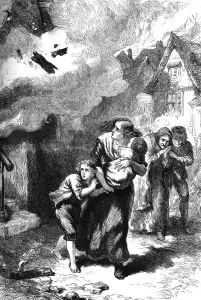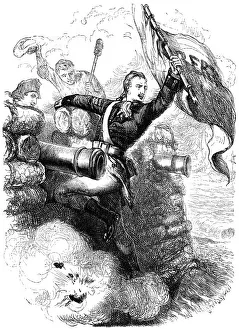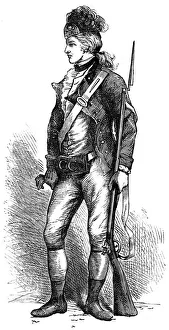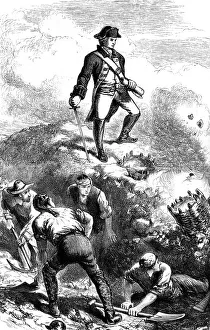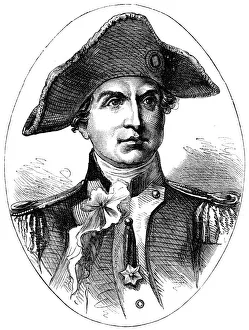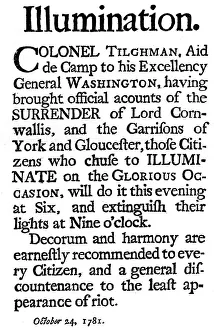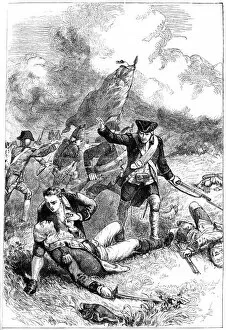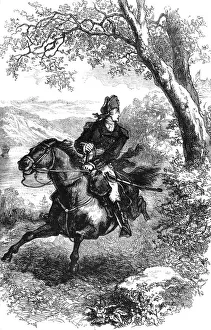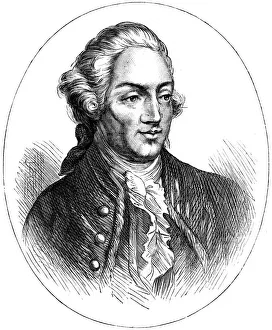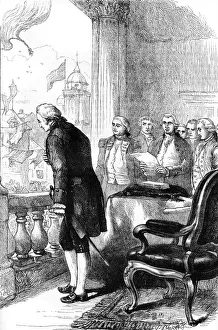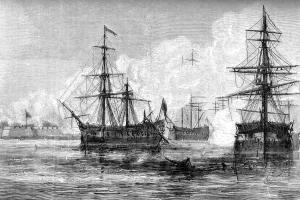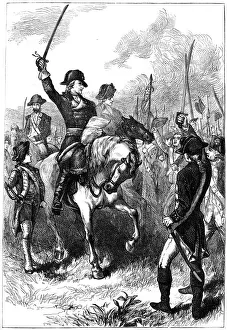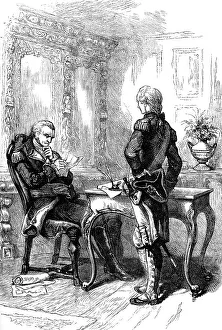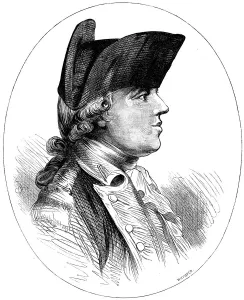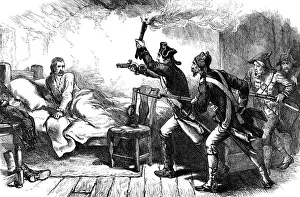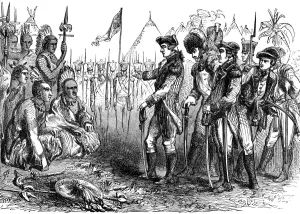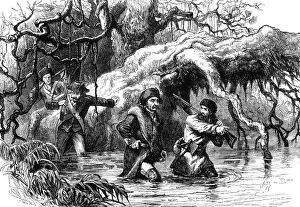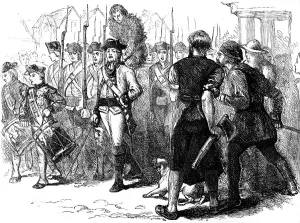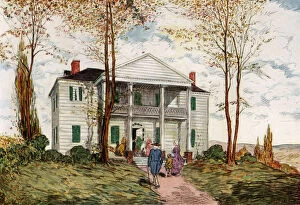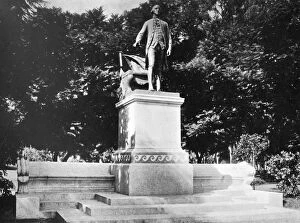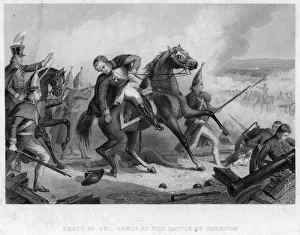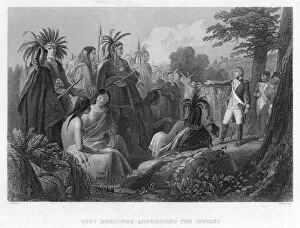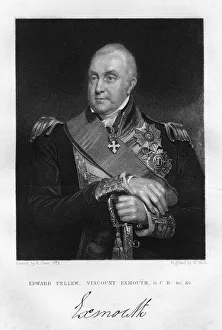American War Of Independence 1775 1783 Collection (#6)
"The American War of Independence (1775-1783): A Journey Through History" The Midnight Ride of Paul Revere
All Professionally Made to Order for Quick Shipping
"The American War of Independence (1775-1783): A Journey Through History" The Midnight Ride of Paul Revere, 1931: Grant DeVolson Wood's iconic painting captures the bravery and determination of a nation on the brink of revolution. Siege of Yorktown, 1781 (c1836): Auguste Couder's masterpiece brings to life the decisive battle that marked a turning point in America's fight for freedom. Defeat of the Floating Batteries at Gibraltar, 1782 (c1783): Witness the resilience and triumph against all odds as depicted in this remarkable artwork. General Sir Banastre Tarleton, 1st Baronet, 1782: British soldier turned politician immortalized by his own hand; an intriguing portrayal by Banastre Tarleton himself. The Savages Let Loose or the Cruel Fate of the Loyalists, 1783: Delve into the aftermath as loyalists face a cruel destiny amidst shifting allegiances during this tumultuous period. Mrs. Richard Bache (Sarah Franklin), 1793: John Hoppner captures Sarah Franklin's grace and strength as she navigates through turbulent times as Benjamin Franklin's daughter-in-law. W. Pitt, Earl of Chatham (1708-1778), 1830: An unknown artist pays homage to one of Britain's most influential statesmen whose policies shaped events leading up to war with America. Lord Hood (1724-1816), 1830: Uncover Lord Hood’s role in shaping naval strategy during this historic conflict through an enigmatic portrait from an unknown artist. General Francis Marion in coat with high collar and waistcoat c1770: Step back into time with this captivating image depicting General Marion – known as "The Swamp Fox" – who employed guerrilla tactics against British forces.

